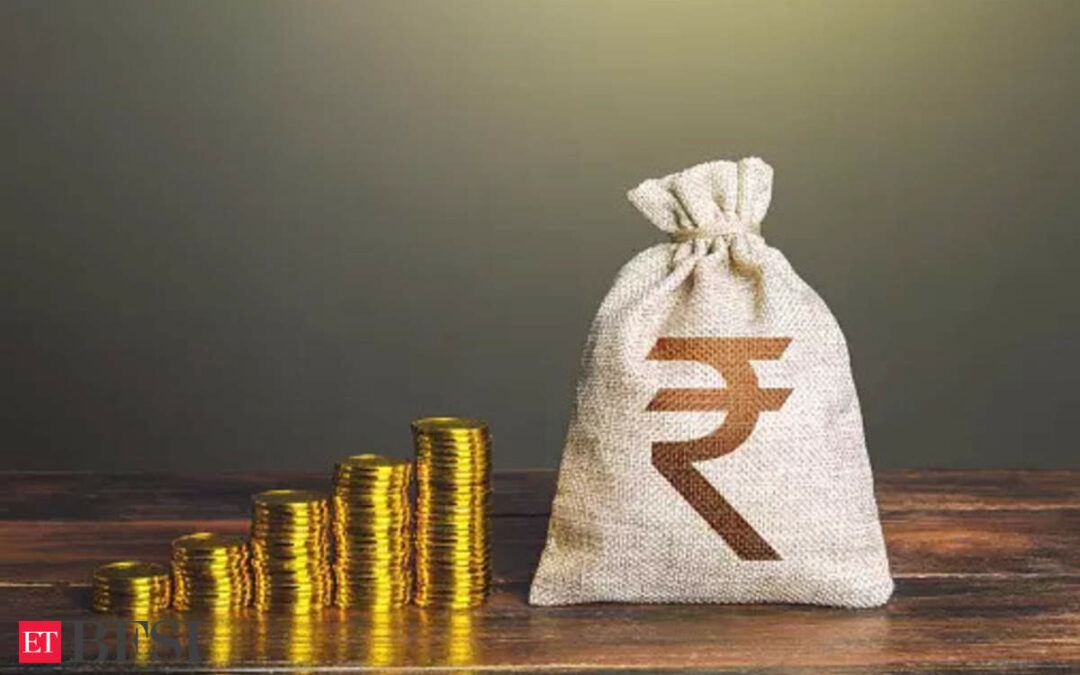Dividend growth at some of India’s largest banks is expected to slow after surging in the fiscal year ended March 31, as per an analysis by S&P Global Market Intelligence. The anticipated slowdown comes as the rising cost of deposits and heightened competition for customer savings puts pressure on bank margins and profits, it said.
Dividends at six of India’s largest banks by market capitalization are set to grow 9% in fiscal 2025 compared with 27% in the prior fiscal year, estimates from S&P Global Market Intelligence’s Dividend forecasting show. The banks, part of the NIFTY 50 index, are State Bank of India, HDFC Bank Ltd., ICICI Bank Ltd., Axis Bank Ltd., Kotak Mahindra Bank Ltd. and IndusInd Bank Ltd.
Axis Bank and HDFC Bank are projected to cut dividends the most, at 15% and 9%, respectively, versus previous forecasts.
“The increase in deposit rates, while intended to address the credit-deposit imbalance, is compressing banks’ net interest margins,” Dividend Forecasting analyst Tusharika Aggarwal said. “This compression is expected to lead to slower growth in dividend payouts and tighter profitability as banks deal with higher costs associated with attracting deposits.”
Indian lenders are rushing to attract deposits through higher rates and other schemes amid growing concerns over the widening gap between credit and deposit growth rates. Reserve Bank of India (RBI) Governor Shaktikanta Das recently said the lag in deposit mobilization might expose the banking system to structural liquidity issues. The government has implemented measures, including raising tax rates on long- and short-term capital gains, to steer customer savings back toward traditional banking channels.
The disparity is still growing, however, as the credit-deposit ratio of Indian commercial banks rose to 78.1% in fiscal 2023–2024 from 75.8% in the prior fiscal year, and from 72.2% in fiscal 2021–2022, RBI data shows.
India’s banking sector could face significant liquidity risks due to the widening credit-deposit gap, which is driven by households shifting their savings to higher-yielding financial instruments, Aggarwal said.
State Bank of India, the country’s largest banks by assets, is offering a 7.25% annual interest rate for deposits of 444 days since July 15 as part of its “Amrit Vrishti” scheme to enhance deposit growth. Similarly, HDFC Bank has offered new deposit products with interest rates of 7.35% per year for a 35-month tenor and 7.40% per year for a 55-month tenor.
While the schemes help banks improve their liquidity and attract deposits, increased interest expenses associated with higher deposit rates could lead to compressed margins.
“This pressure on net interest margins may negatively impact banks’ overall profitability and constrain their ability to sustain dividend payouts,” Aggarwal said.
While loan growth is outpacing that of deposits, State Bank of India’s liquidity position is comfortable with its liquidity coverage ratio being at about 129% as of June 30, Chairman Dinesh Kumar Khara said on August 3 earnings call. State Bank of India’s loan-to-deposit ratio stood at 77.33% in the year ended June 30, up from 76.36% in the fiscal year ended March 31.
“So deposit growth in absolute numbers is one aspect,” Khara said. “Cost at which it is raised is another aspect, which we cannot ignore. Though our cost for deposit has gone up by about 45 basis points, our [net interest margin] compression has happened only to the extent of 11 basis points.”
Meanwhile, HDFC Bank plans to grow its loans slower than its deposits to bring down its loan-to-deposit ratio, said CEO Sashidhar Jagdishan in a July 20 earnings call. The bank’s loan-to-deposit ratio clocked in at 107.26% in the 12 months ended June 30, compared with 108.94% in the fiscal year ended March 31, according to Market Intelligence data.
“Our focus is going to be on profitable growth and not just on growth,” Jagdishan said. “And yes, in the bargain, it is in our interest to bring down the loan-deposit ratios much faster than what one would have anticipated.”










